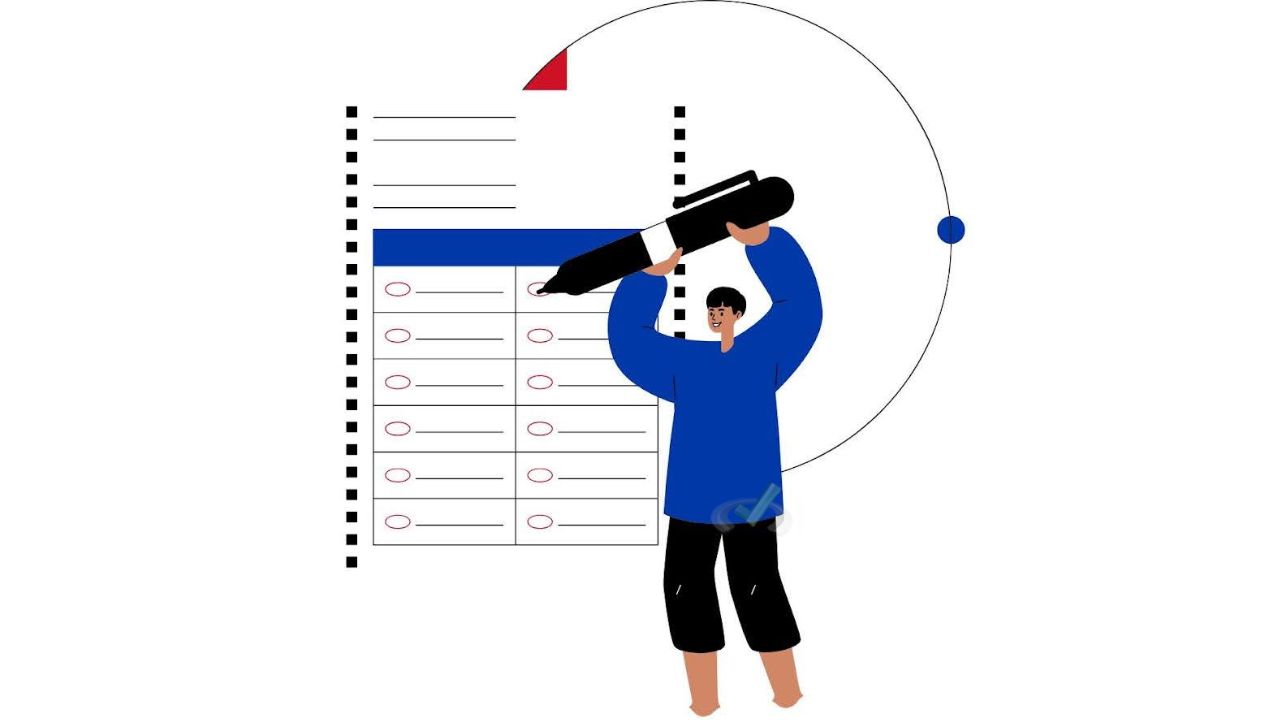
You’ve just completed your NCLEX exam, and you’re feeling the weight of the world on your shoulders. You’ve put in hours of studying, taken practice exams, and prepared yourself mentally for the challenge.
Now it’s done. The relief should hit, but it doesn’t. Instead, all you can think about is one thing: How did I do? Then, like a wave of anxiety, you try to check your results, but you’re greeted by something unexpected—an ominous pop-up message.
What is the bad pop up for NCLEX? Is this pop-up a sign of failure, or is it just a test-taker myth? This strange pop-up has sparked confusion and anxiety for countless NCLEX candidates, and in this blog, we’re going to walk through what the bad pop-up is, what it means, and whether it’s something you should rely on to understand your exam results.What is the Bad Pop Up for NCLEX? The Basics You Need to Know
To put it simply, the "bad pop-up" is a term that has become popular among NCLEX test-takers. It refers to a message that appears on the Pearson VUE website when you try to register for the NCLEX exam again after you’ve finished your test.
Some candidates believe that this message can tell them if they passed or failed the exam. But here’s the thing: the bad pop-up doesn’t really give you any definitive answers. It’s just a system-generated message, not a reflection of your performance.
The Basics of the Bad Pop-Up for NCLEX
The NCLEX is a standardized test that assesses whether you are prepared to be a licensed nurse. Whether you are taking the NCLEX-RN or NCLEX-PN, the exam determines whether you meet the required standards for nursing practice.
But regardless of which version of the exam you're taking, one thing remains the same: the moment you finish the exam, you can’t immediately check your results. The official scores usually take a few days to process.
Many candidates, eager to know their results right away, turn to the quick results feature on Pearson VUE. This feature allows candidates to check if their results have been processed by attempting to register for the exam again. This leads to the infamous “bad pop-up.”
Here’s how the bad pop-up supposedly works:
But here’s the catch: this pop-up is not an official sign of whether you passed or failed. It’s just a timing issue. Pearson VUE needs time to process the exam data, and you may receive this pop-up even if you did well on the test.
How the "Bad Pop-Up" Works in Detail
Let’s take a step-by-step look at how the bad pop-up works and why it causes so much confusion.
Does the Bad Pop-Up for NCLEX Truly Tell You Anything About Your Results?
So, what does the bad pop-up really mean? Does it provide a reliable indicator of your test performance? The simple answer is: no. The bad pop-up is not an official result from Pearson VUE, and it’s not a reliable way to assess your performance.
Here’s why:
The Risks of Relying on the Bad Pop-Up
It’s tempting to rely on the bad pop-up to figure out how you did on your NCLEX exam, but doing so can be risky. Let’s explore the risks involved in using the pop-up as a predictor of your results:

What Happens After the Bad Pop-Up?
So, you’ve seen the bad pop-up. Now what do you do? The best advice is simple: be patient. The pop-up doesn’t tell you anything definitive about your exam results, so there’s no need to stress over it. The official results will be available soon, and they will give you the true picture of your performance.
Here’s what you can do while you wait:
How to Set a Study Schedule for the NCLEX
Creating a study schedule that works for you is essential for ensuring that you are fully prepared for the NCLEX. With so much material to cover, setting a schedule helps you manage your time and ensure you’re not overwhelmed by the sheer volume of content. This is key to avoiding burnout and maintaining focus.
1. Break Your Study Sessions into Manageable Chunks
Don’t try to cram everything into one long session. Break your study time into chunks—typically 2-3 hour blocks—so that you can stay focused and energized. Taking breaks between these sessions is just as important.
A five to ten-minute break can refresh your mind and help you retain more information. When creating your study schedule, make sure you’re prioritizing your weaker areas while still reviewing stronger topics regularly. This will allow you to build a solid foundation across all areas of the exam.
If you’re feeling stressed about your NCLEX prep, don't worry. Stay ahead of the game and get expert tips straight to your inbox with the NCLEX daily dose emails. Subscribe today to get a tip, question of the day, and insider advice every day as you prepare for the big day!2. Use NCLEX Practice Questions to Test Your Knowledge
Practice questions are one of the best ways to prepare for the NCLEX. These questions not only help you familiarize yourself with the test format, but they also allow you to test your knowledge and identify areas for improvement.
Make it a habit to do practice questions daily. This will help you build confidence in answering questions quickly and accurately, which is crucial when it’s time for the actual exam.
Ready to dive into your NCLEX prep? Grab our NCLEX Cheatsheets now and get access to helpful quick-reference guides that break down the most important concepts you’ll need to know. Whether you’re preparing for your first attempt or a retake, these cheatsheets are designed to help you study smarter, not harder!3. Review the NCLEX Content Outline and Focus on Key Areas
Both the NCLEX-RN and NCLEX-PN have a detailed content outline that outlines the areas of knowledge you’ll need to understand. Review this outline to ensure that you’re covering all the essential topics in your study sessions.
Focus on the areas that weigh heavily on the exam, such as pharmacology, medical-surgical nursing, and health promotion. But don’t ignore the smaller sections either. Every topic counts.
Make sure your study schedule is comprehensive but flexible enough to adapt to your evolving needs. Consistency is key, but so is flexibility.
Final Thoughts on What is the Bad Pop Up for NCLEX?
What is the bad pop up for NCLEX? It’s a message you see when trying to register for the exam again after completing it. But it’s not a true reflection of your results. The bad pop-up happens because Pearson VUE has not yet processed your results.
While it’s tempting to use this pop-up as a predictor of whether you passed or failed, it’s not a reliable method.
The best course of action is to stay calm, wait for the official results, and focus on what you can control. Whether you pass or need to retake the exam, remember that the NCLEX is just one step in your journey to becoming a licensed nurse. Keep working hard, stay positive, and let the official results come in when they’re ready.